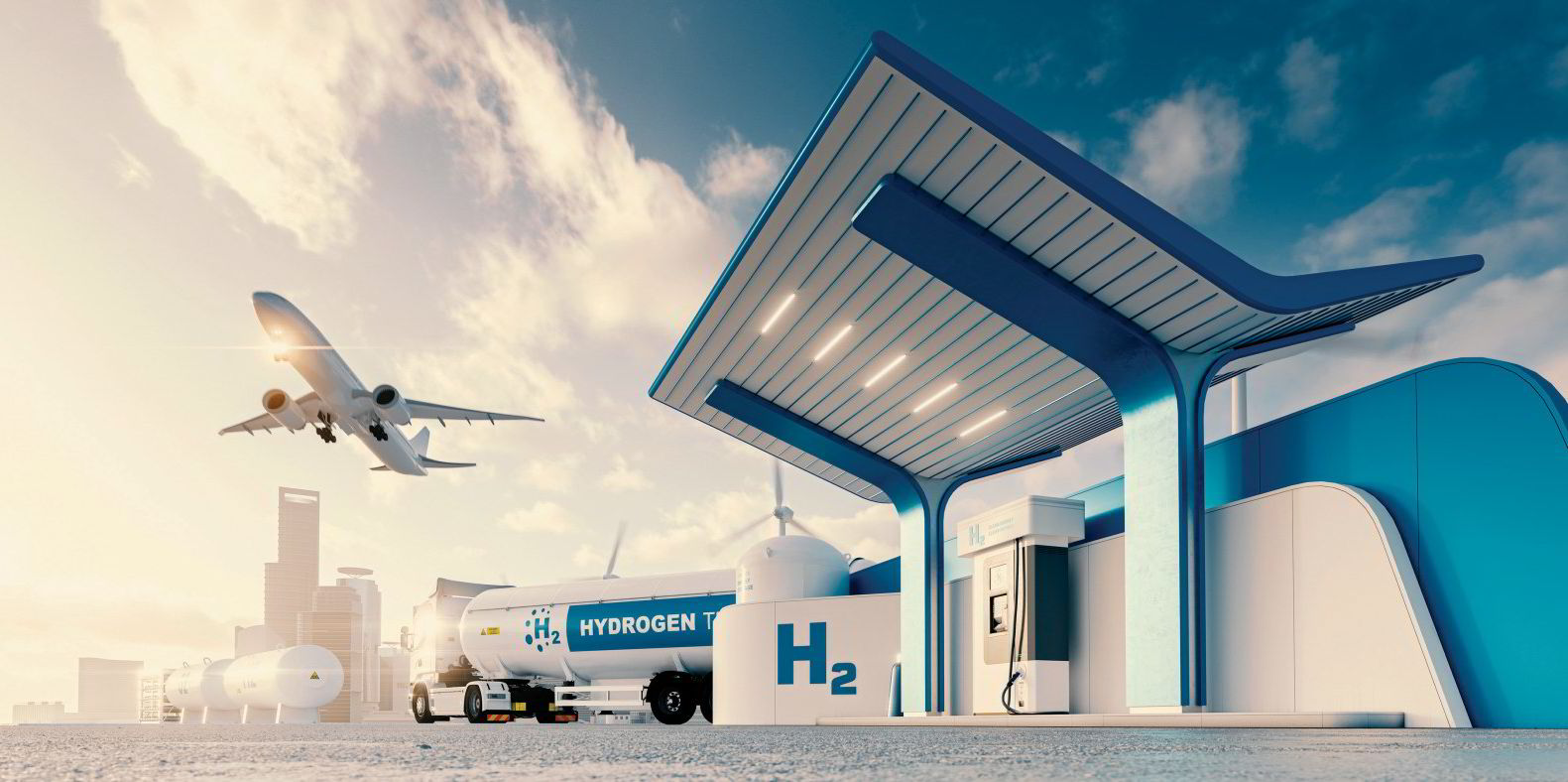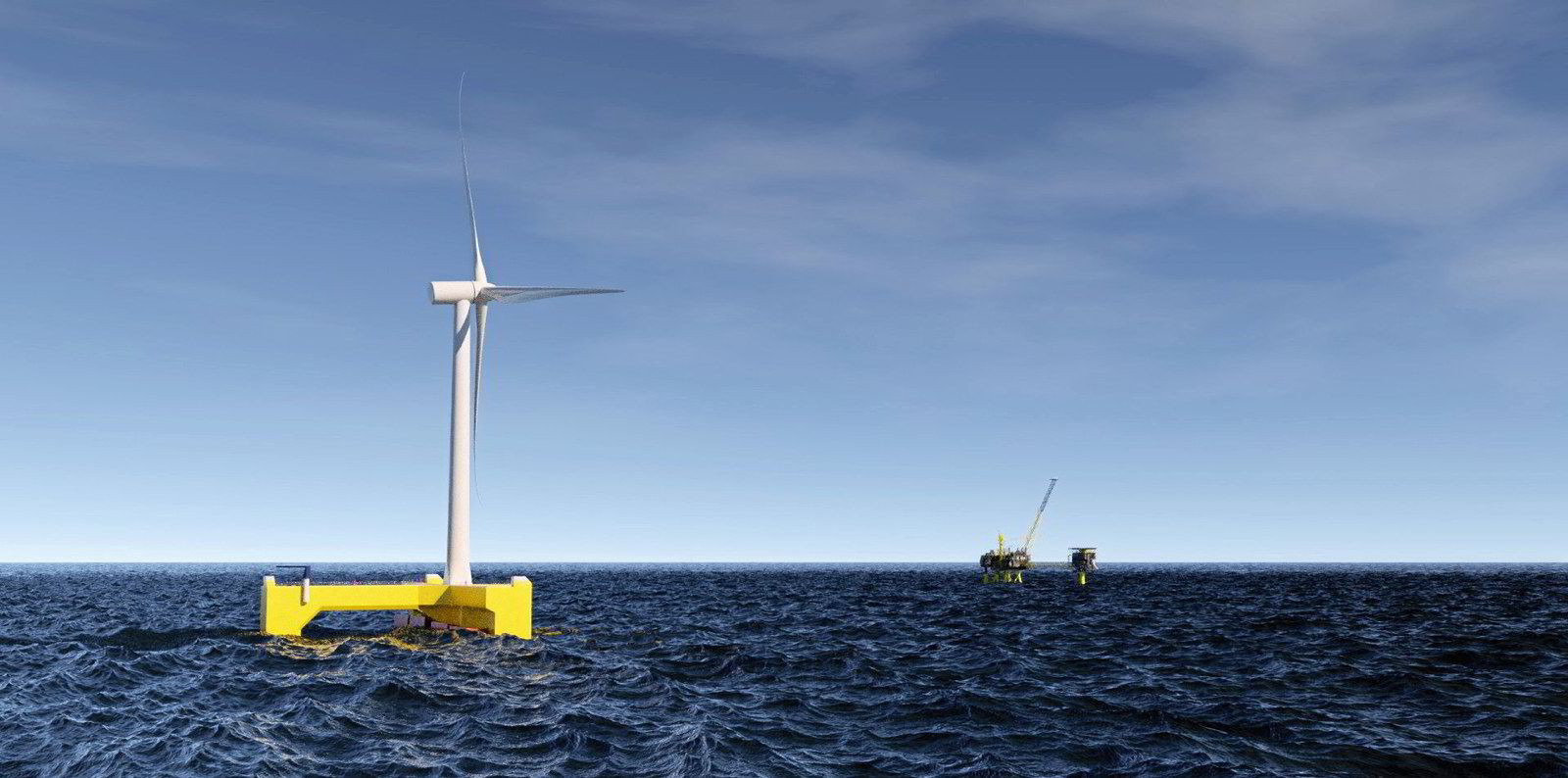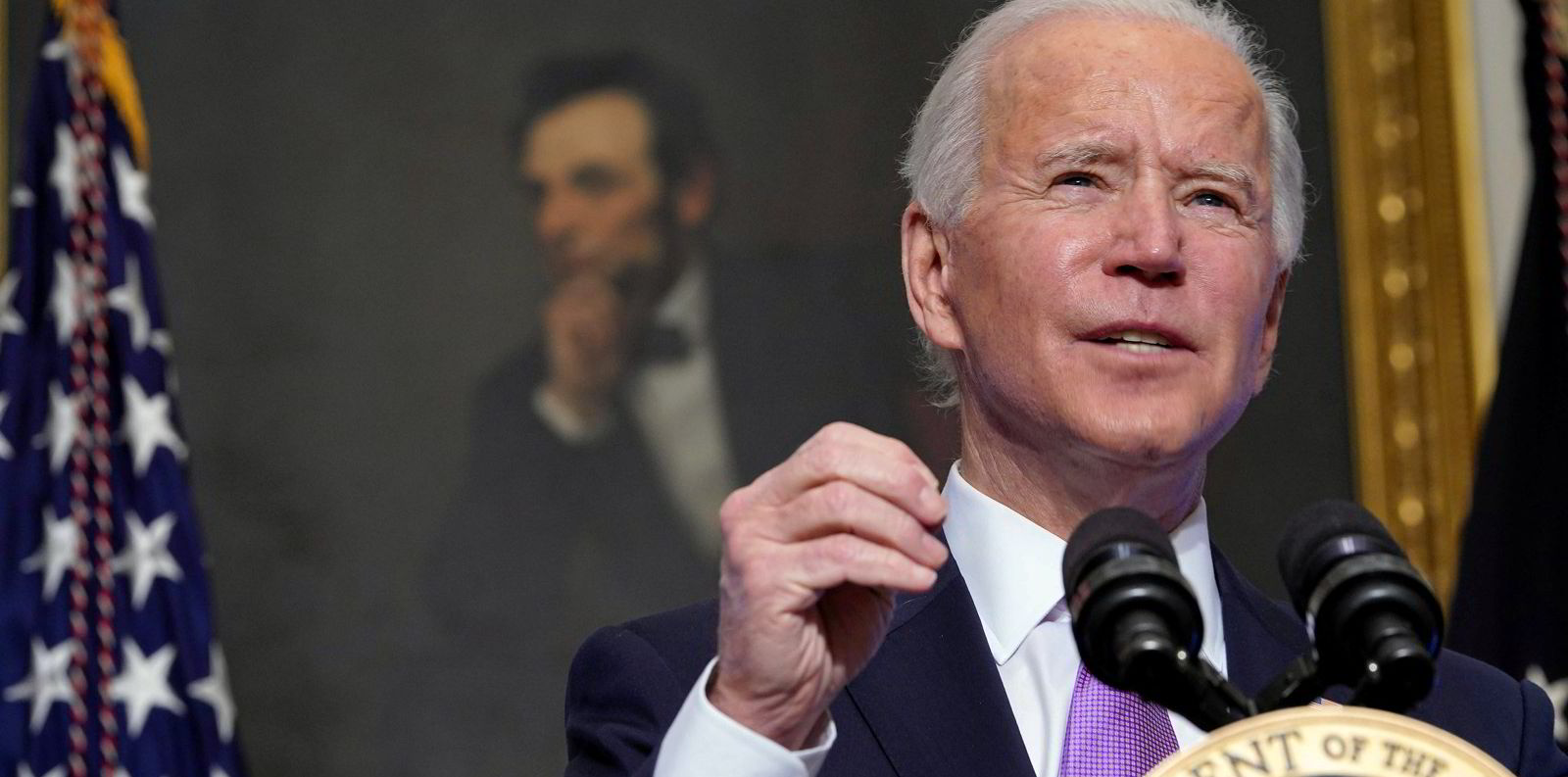Hydrogen – seen by many as a skeleton key that will help the world unlock a carbon-neutral future – flowed blue and green in the Recharge newsstream this week. Equinor and SSE Thermal launched plans for two low-carbon power stations in the UK that would be among the first in the world to utilise carbon capture and storage (CCS) and hydrogen technologies together, while Swedish utility Vattenfall, working with steel-maker SSAB and iron mining company LKAB, broke ground on a rock cavern-sited pilot project to store fossil-free hydrogen for use in green steel manufacture. And, showing how far-reaching hydrogen will be to the energy transition, French transport outfit Compagnie Fluvial de Transport announced the world’s flagship hydrogen-fuelled commercial cargo ships will soon be travelling down the Seine in Paris.
The money is lining up to support the macro-trend, evidenced this week in Europe by the founding of a €1bn ($1.2bn) fund called FiveT Hydrogen, headed up by former Air Liquide VP Pierre-Etienne Franc, that is focusing on accelerating the hydrogen economy with large-scale projects, and in India, the setting up of the India H2 Alliance, a coalition led by Reliance Industries and Chart Industries targeting commercialisation of hydrogen technologies and systems in the rapidly developing country.
Get the market insight you need into the global oil & gas industry's energy transition – from the new newsletter from Upstream and Recharge. Sign up here
For those still debating whether blue (fossil-based with CCS) or green (renewables-generated) hydrogen is the hydrogen to back, BloombergNEF, in its latest report on the sector, nailed its colours to the mast, saying green hydrogen was set to “rewrite the global energy map” in the coming decades, and blue would “make little economic sense” by 2030.
Another week, another roll call of utilities and oil supermajors channelling big-scale capital into offshore wind projects. Sector pacesetters RWE and Orsted were awarded contracts for difference worth a combined 2.85GW in Polish offshore wind capacity, key to the first wave build out of bottom-fixed projects off the country bordering the Baltic Sea, and Engie-EDPR joint venture Ocean Winds plunged into Irish market waters with an application for a foreshore licence for a planned 1.6GW project in the shallows off Dublin.
Floating wind, not to be left out, hove forward too, as Blue Gem Wind, the tie-up between French energy giant Total and Irish early-stage developer Simply Blue, began detailed survey work on its flagship Erebus project site in the Celtic Sea off Wales. And to close out the week, Irish utility ESB unveiled “multi-billion-euro” plans to transform the country’s soon-to-be-retired Moneypoint coal-fired plant into a green energy hub powered by a 1.4GW floating array co-developed with Equinor in the Atlantic Ocean.
Concerns in the sector in Germany were expressed at the Hamburg Offshore Wind conference that the government, despite setting a new target for 40GW of capacity off its coasts by 2040, was not moving fast enough to ensure the country didn’t lose its early mover advantage due to “kindergarten” politicking that could prompt major players to try their luck in other international markets.
No such complaints across the pond in the US, where President Joe Biden’s announcement early this week of a proposed $2.3trn pro-renewables infrastructure bill tangentially further underlined his administration’s ambition to achieve a “national goal” of having 30GW of turbines turning by the end of the decade. As Recharge wrote in our analysis, the sector will be a big beneficiary of funding coming through the bill – which has to be agreed by Congress later this year – via federal tax credits and $100bn for grid and port upgrades, for use as offshore wind construction yards and operations bases.
Testimony to the omnipresence of hydrogen in the current energy transition debate, Recharge will this coming week run our first Power Station podcast, talking to Shell and think-tank Agora about the many-coloured marvel – look for it our front page, as well as holding our next digital roundtable on hydrogen and offshore wind, where we have assembled a panel of thought-leaders from Equinor, Iberdrola, Siemens Gamesa, Aker Solutions, Wood Mackenzie and the World Bank – register here to join us.
And, finally, to see you on your way into the weekend, heartening stats from the International Renewable Energy Agency, which reported construction of renewable energy capacity around the world in 2020 shrugged off slow-downs linked to the Covid pandemic – and industry pessimists‘ worst fears – to add some 260GW of new plant last year, taking the global clean-energy base to almost 2.8TW. As Irena director-general Francesco La Camera said: “These numbers tell a remarkable story of resilience and hope.”




